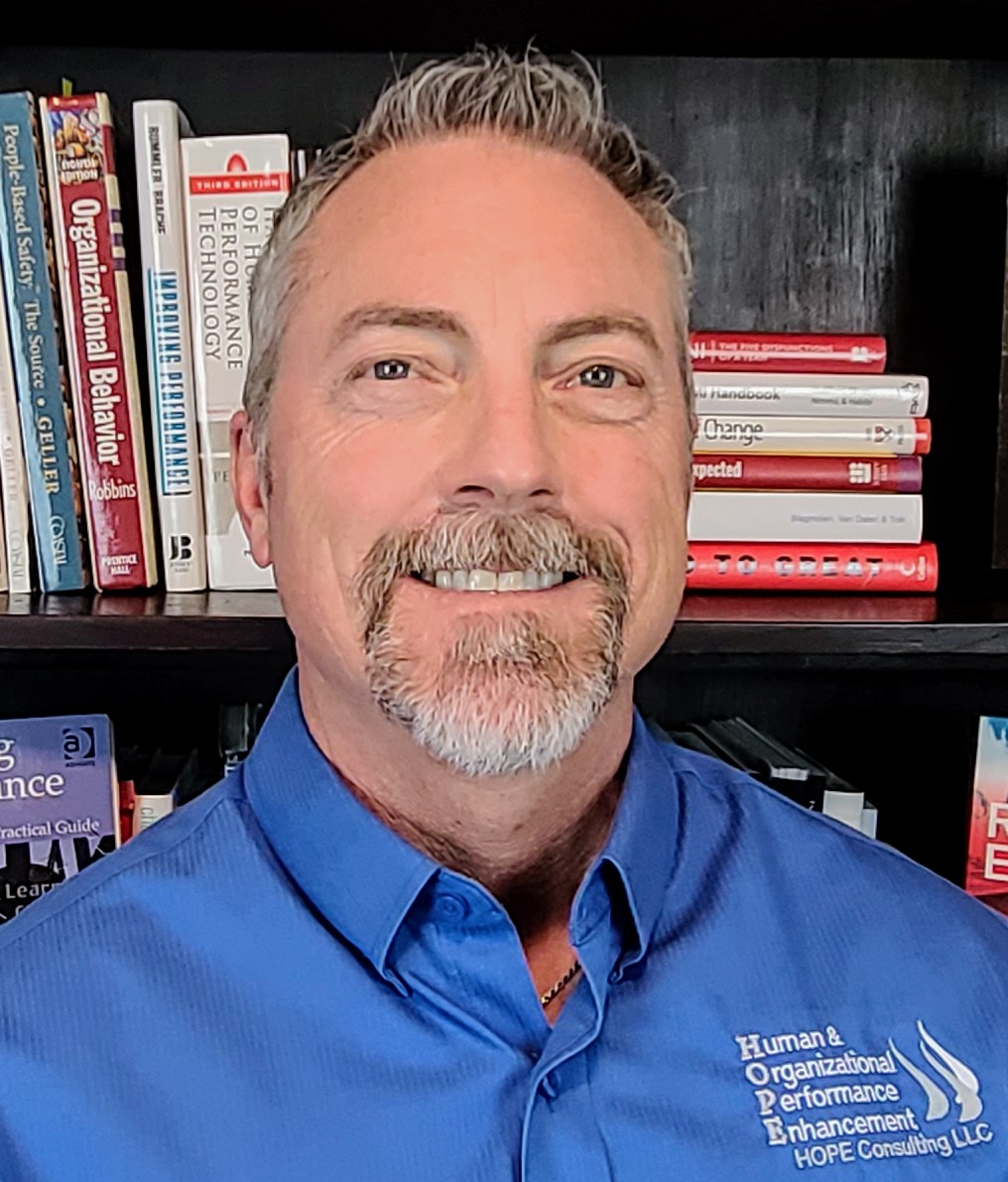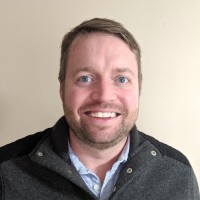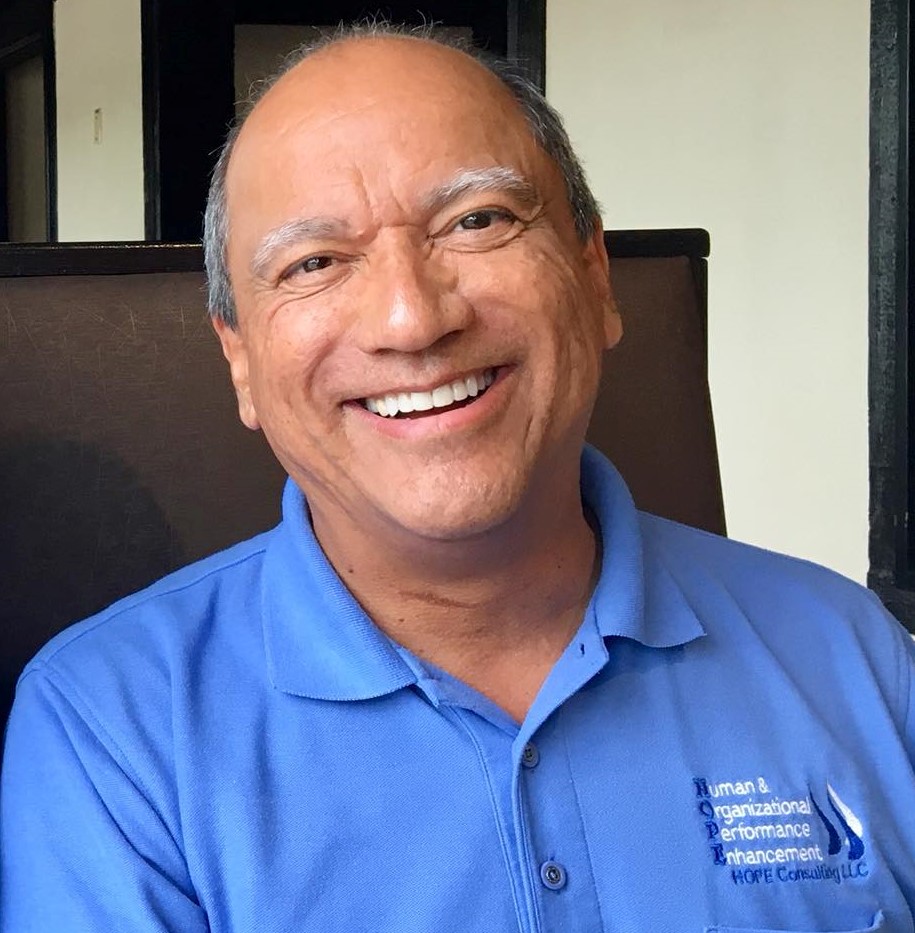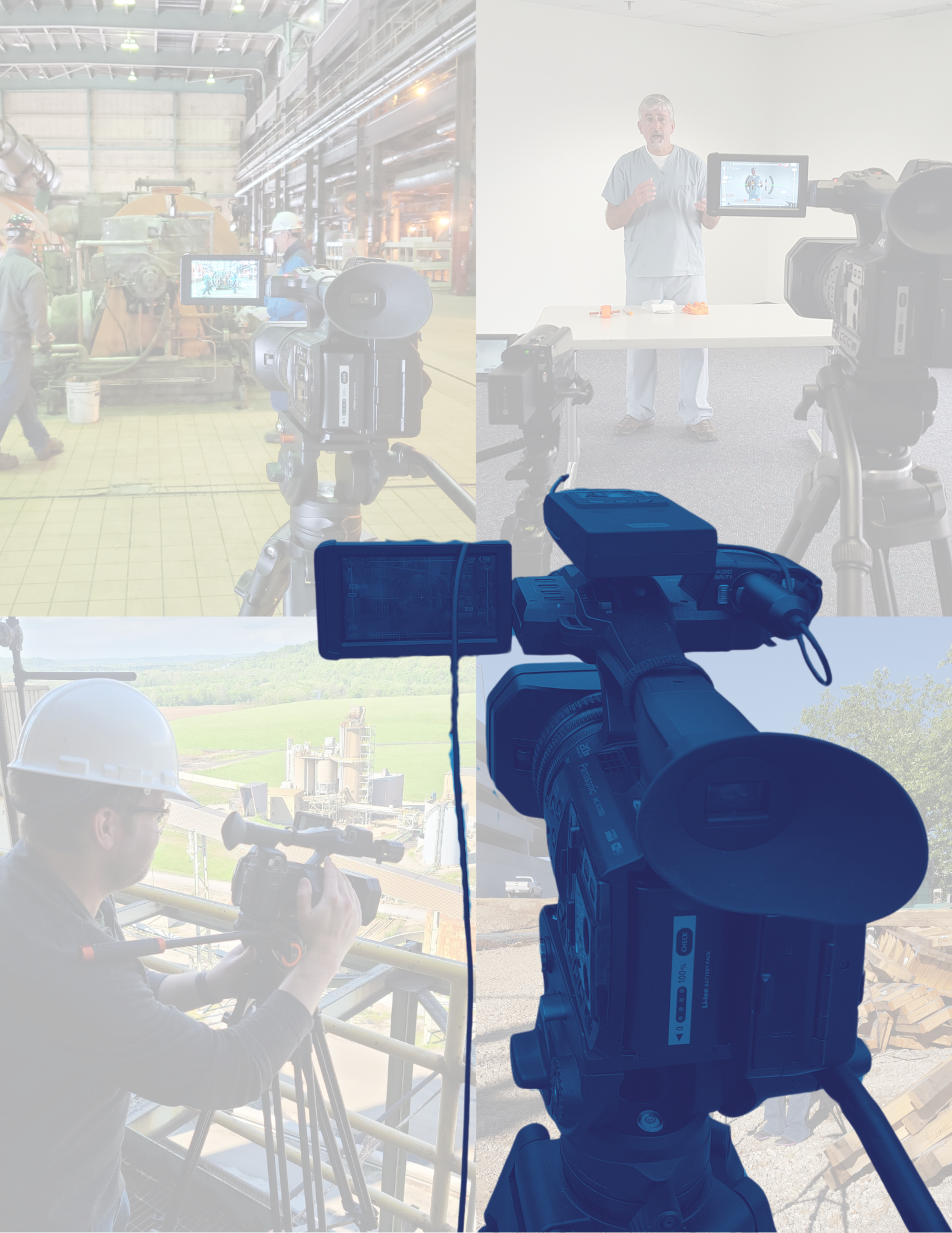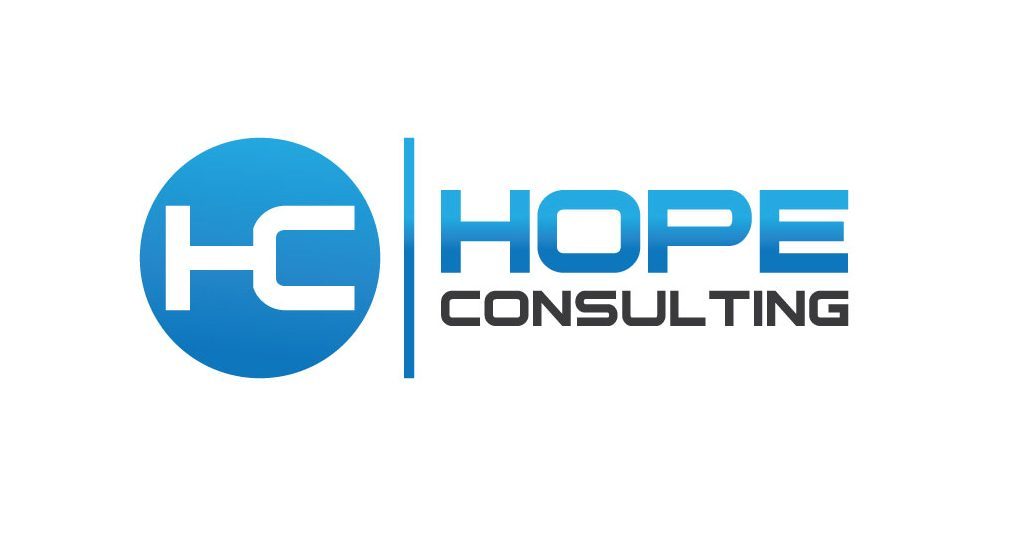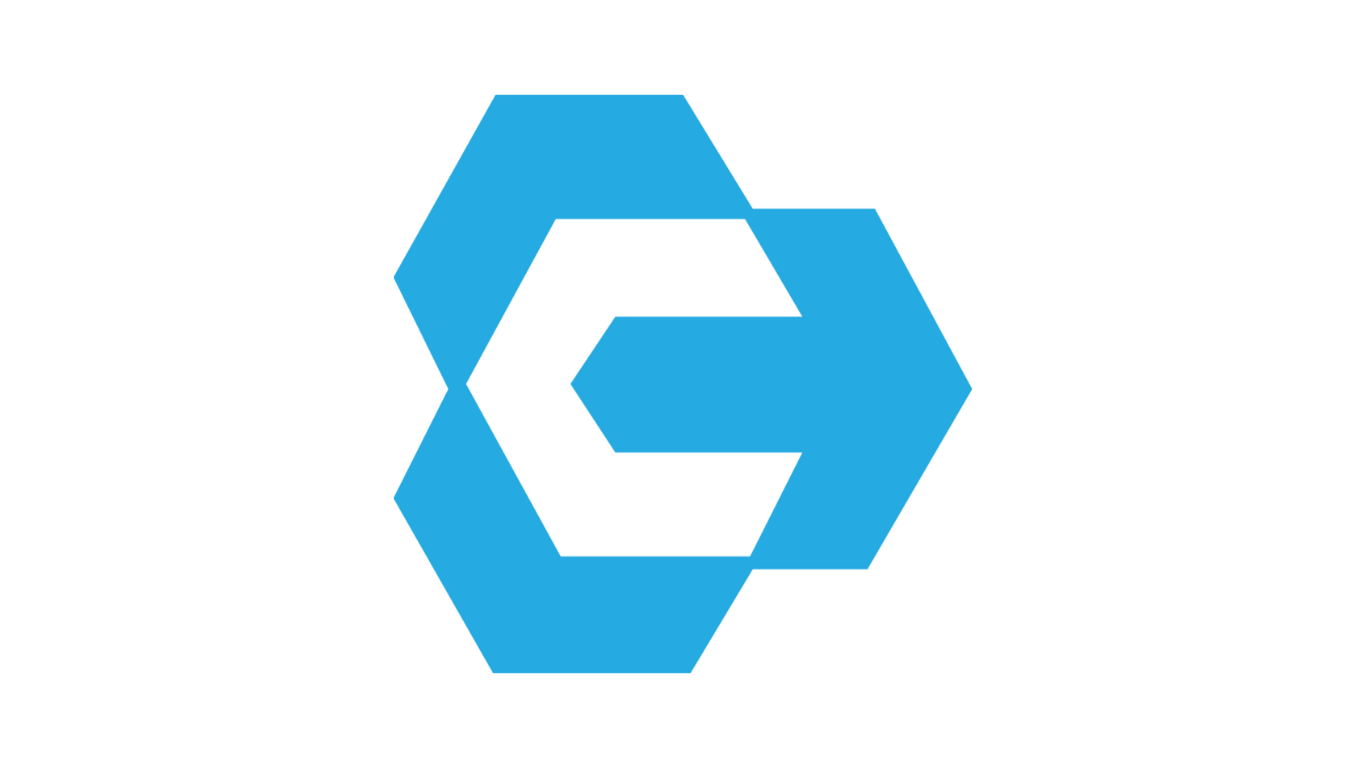HOP and the Commercial Wind Energy Industry
Build Your Industry's Reliability Safety Sustainability Employees
With Us!

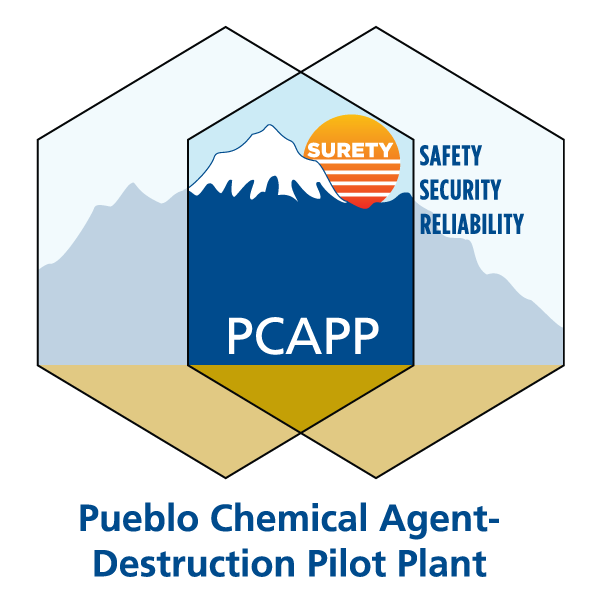

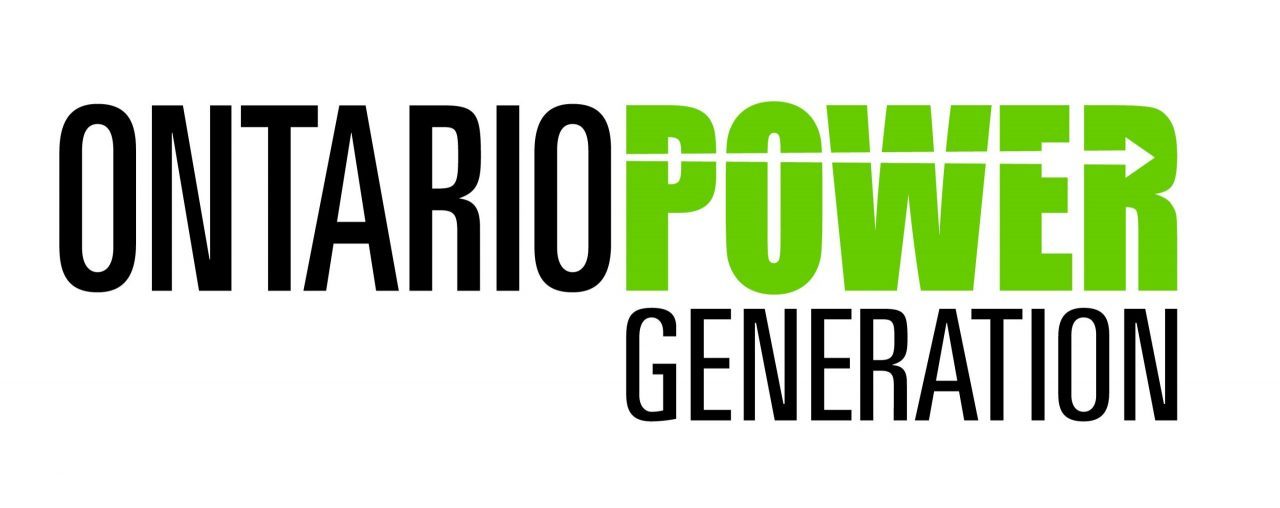
Introduction
The commercial wind energy industry is a critical part of the world's transition to clean energy. With the increasing complexity of wind turbine systems and processes, it is essential to address human error and system failures that can lead to accidents and incidents. Human and Organizational Performance (HOP) is a framework that seeks to enhance safety, efficiency, and resilience by examining how work is done and how people interact with the systems around them. In this white paper, we will explore how HOP can benefit the commercial wind energy industry, examine leading experts' views, and provide recent incidents that provide a case for adopting HOP principles and practices in the industry.
"HOP isn't about just managing human error; it's about understanding the human performance and improving systems to prevent that error from occurring in the first place."
- Tony Muschara

A Vestas megawatt turbine, missing its nose cone, at Portland General Electric’s Biglow Canyon wind farm in Wasco County, Oregon, last year. Photographer: Dave Killen/The Oregonian
What is Human and Organizational Performance (HOP)?
HOP is a framework that aims to improve safety, efficiency, and resilience by recognizing that humans are fallible, and errors are inevitable. Organizations can reduce the frequency and severity of errors by improving the way they manage their work systems and their people. HOP focuses on three key principles: systems thinking, risk management, and human performance.
How HOP Could Benefit the Commercial Wind Energy Industry
The commercial wind energy industry is highly complex and involves numerous stakeholders, including wind turbine manufacturers, project developers, and maintenance personnel. By adopting HOP principles and practices, the industry could benefit in several ways, including:
Safety is critical in the commercial wind energy industry, as it involves the lives of operations and maintenance personnel as well as the general public. By adopting a “systems thinking” approach, utilizing the HOP process, the industry could identify and address underlying systemic factors that contribute to accidents and incidents. By focusing on risk management, the industry could develop strategies to mitigate potential hazards and monitor the effectiveness of those strategies over time. By adopting a human performance approach, the industry could design work processes and systems that are more resilient and less prone to errors, incidents, and accidents.
The commercial wind energy industry is highly competitive, and efficiency is critical to maintaining a competitive edge. By adopting HOP principles and practices, the industry could streamline its processes, reduce waste, improve productivity and therefore increase reliability. By focusing on human performance, the industry could design work processes and systems that are more intuitive, user-friendly, and less prone to errors and downtime.
The commercial wind energy industry operates in a complex and constantly evolving environment, and resilience is critical to adapting to changing circumstances. Resiliency enables organizations to bounce back from unexpected events and continue operations with minimal disruption. By adopting HOP principles and practices, the industry could build resilience in its workforce by providing workers with the necessary tools, training, and support to respond to unexpected events and adapt to changing circumstances which increases reliability.
Interested in discovering how we can help your organization's reliability?
"HOP is about understanding the complexity of work and how work is actually done, and that people are not the problem, they are the solution."
- Dr. Todd Conklin
Incidents
Wind Farm incidents are attributed to failures in the design and manufacturing of the wind turbine's blades, as well as inadequate maintenance and quality control measures. By adopting HOP principles and practices, the commercial wind energy industry could focus on identifying and addressing systemic factors that contribute to design and construction flaws and ensuring adequate maintenance and quality control measures are in place. HOP provides adequate training for engineering, wind turbine technicians, and quality control personnel.
The wind turbine industry experiences a significant number of accidents each year, as highlighted by the Caithness Windfarms Information Forum (CWIF) statistics. These accidents often result from errors in maintenance tasks, which are complex and conducted under time constraints, with limited information about component conditions. The prevalence of a non-reporting culture further exacerbates the problem, with a considerable percentage of maintenance personnel failing to log corrected errors in company records, as noted in the study conducted by Hobbs and Williamson.
In the United States, wind turbines frequently fall behind the required maintenance schedule, primarily due to a shortage of qualified turbine technicians. While failures in the industry are often attributed to factors such as overloading, overheating, or weak designs, it is important to note that human error contributes significantly to approximately 40% of wind turbine failures, as indicated by statistics from a manufacturing company.

Figure: Wind Turbine Manufacturing Data
“In addition to safety, we focus on the quality of our work to ensure reliability of the products or services we provide.”
– Rey Gonzales
To address these issues, the principles of Human and Organizational Performance (HOP) can be applied to maintenance practices in the wind turbine industry. HOP recognizes that errors are inevitable and aims to improve safety, efficiency, and resilience by examining how work is performed and how individuals interact within the system. By implementing HOP concepts, the industry can reduce the occurrence of maintenance errors and enhance overall performance.
Systematic approaches such as systems thinking can help identify and address underlying factors that contribute to maintenance errors. This involves considering the complex interdependencies between various components and processes, ensuring that maintenance tasks are conducted in a coordinated and effective manner. Risk management practices within the HOP framework can help identify potential hazards and develop strategies to mitigate them, ultimately reducing the likelihood of accidents and incidents.
Additionally, emphasizing human performance in maintenance processes can lead to improvements in training, procedures, and work systems. Providing technicians with comprehensive training and access
to up-to-date information can enhance their understanding of component conditions and enable more accurate decision-making. By incorporating feedback mechanisms and encouraging a reporting culture, the industry can promote open communication and learning from errors, ultimately improving maintenance practices.
Furthermore, addressing the shortage of qualified turbine technicians requires proactive measures such as workforce development programs, attracting skilled individuals to the industry, and investing in HOP, technical, and safety training initiatives. By ensuring an adequate supply of qualified personnel, the industry can maintain the required maintenance schedules and reduce the risk of errors due to staffing shortages.
By adopting the principles of HOP and integrating them into maintenance practices, the wind turbine industry can mitigate human errors, enhance safety, and improve the overall performance of wind turbine systems.
"HOP requires resources and funding to be effective."
- Dr. Sidney Dekker
Conclusion
The wind turbine industry faces significant challenges related to maintenance errors, as highlighted by the shortage of qualified turbine technicians and the consequences of inadequate maintenance practices. To mitigate these issues and ensure the safe and reliable operation of wind turbines, the adoption of Human and Organizational Performance (HOP) principles and practices is crucial.
By implementing HOP principles such as systems thinking, risk management, and human performance, the industry can identify and address underlying systemic factors that contribute to maintenance errors and subsequent accidents and incidents. This involves considering the complexity of maintenance tasks, improving resource allocation, and promoting effective communication and collaboration among maintenance personnel.
Building a strong safety culture within the industry is paramount. This includes fostering a reporting culture where maintenance errors are openly communicated and addressed. Additionally, providing comprehensive training and support to maintenance personnel ensures they have the necessary knowledge and skills to perform their tasks accurately and safely.
Adopting HOP principles can also help address the shortage of qualified turbine technicians. By investing in workforce development programs and attracting skilled individuals to the industry, the wind turbine industry can ensure an adequate supply of qualified personnel to meet maintenance needs. This will help prevent delays in maintenance schedules and reduce the risk of errors due to staffing shortages.
Overall, by embracing HOP principles and practices, the wind turbine industry can enhance safety, efficiency, resilience, and reliability in its operations. This will contribute to the industry's growth and its vital role in the global transition to clean energy. It is crucial for stakeholders in the industry to prioritize the implementation of HOP, fostering a culture of continuous improvement and proactive maintenance, ultimately ensuring the long-term success and sustainability of wind energy generation.
Ronald (Ron) Farris is a recognized expert in the field of Human and Organizational Performance (HOP) and High Reliability Operations (HRO) and the co-author of the book Critical Steps: Managing What Must Go Right in High-Risk Operations. With over 40 years of experience in high-reliability industries, Ron has worked with a variety of high-risk industries from around the world to improve safety, efficiency, and resilience by adopting HOP and HRO principles and practices.
Rey Gonzalez is a recognized expert in the field of Human and Organizational Performance (HOP) and High Reliability Operations (HRO) and the author of the book Coaching to Enhance Performance: How Successful Leaders Create Sustainability Differently. With over 40 years of experience in high-reliability industries, Rey has worked with a variety of high-risk industries to improve safety, efficiency, resilience, and reliability by adopting HOP and HRO principles and practices.
Leon Mishnaevsky, Jr. (2022) Root Causes and Mechanisms of Failure of Wind Turbine Blades: Overview. https://www.mdpi.com/1996-1944/15/9/2959
Muschara, R. Farris, J. Marinus. (2022) Critical Steps: Managing What Must Go Right. CRC Press. https://www.criticalstep.com/
Muschara (2017) Risk-Based Thinking: Managing the Uncertainty of Human Error in Operations. Routledge. https://www.riskbasedthinking.com/
Heetech Consulting AB (2011) / Hans-Erik Emanuelsson: Maintenance for Wind Turbine Technicians. http://archive.northsearegion.eu/files/repository/20120320111424_PC_Skills-Compendiuminmaintenance.pdf
“In the world of HOP, we often ask what is the worst thing that can happen? The possible combination of actions and decisions that lead to failure are infinite, however, the combination of actions and decisions that lead to success are finite, those things that must go right. The right questions are, what must go right? If it does not, who will do what when (not if) it goes wrong?”
– Ron Farris
Interested in discovering how we can help your organization's reliability?
Discover how we can solve your employee challenges.
Assessment
Training
Data Management
Sustainability
Premium Services
What We Do
High Reliability Training was formed because of lack of quality online and video-based curriculum in the areas of Human and Organizational Performance (HOP) and High Reliability Operations (HRO).
